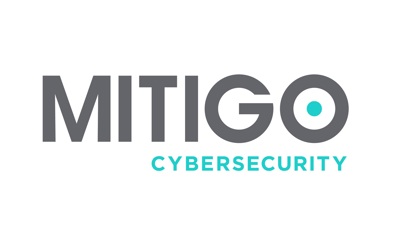Invoice hijacking
What is invoice hijacking?
Invoice hijacking is the term given to the interception of legitimate invoices and other funds transfer requests, and their replacement with an identical one, except that it includes the bank details of a fraudster, rather than your client account.
Why does this risk matter?
This fraud has increased significantly over the last 18 months or so, and several million pounds has been stolen from solicitors' clients in this period.
While there may not be a valid Professional Indemnity claim in the end, there is the possibility of one - particularly if your own email system is established as the one that was breached. In the majority of cases, even where the solicitor does not believe themselves to be at fault, they still have experienced a significant deterioration in client-relations, and often a battle to receive payment legitimately due.
Most importantly, there are some things that you can do to reduce the risks - for you and for your client.
Things to avoid
DO NOT
- include your firm's bank details in the body of an email
- send invoices or other documents containing bank details as MS Word documents
Recommendations
FOR BEST SECURITY
- use a secure client portal/data-room for clients to access relevant documents including invoices
- use secure, password protected online payment
- Do not include your bank details in invoices. Instead include them in your Engagement Letter (sent by registered post)
- Request clients to set up your account details via their online/telephone banking at the start of the transaction - and use these unless expressly changed
- If likely to be transferring large sums, suggest an initial test payment of £5/£10 (less may trigger the bank blocking the transaction as a potential scam!)
- make it very clear to clients what your procedures for changing bank details are. And advise clients to always check such instructions by telephoning your office before instructing a payment
- If using email to send invoices etc, use email encryption
FOR MEDIUM SECURITY
Recognising that these best practices may not be practical for all solicitors firms to implement in all cases, the following are medium-level security options which may be sufficient for low value transactions
- Only send hard copy invoices
- Include bank details within a PDF attachment to an email
- Password protect pdfs
- alternatively using a zip-file to attach an invoice provides a modicum of encryption
- Activating read receipt tracking on your email
- Ask clients to pay via your website (although this involves the risk of your website being scammed and a client visiting a fake site).
This article was provided by:


